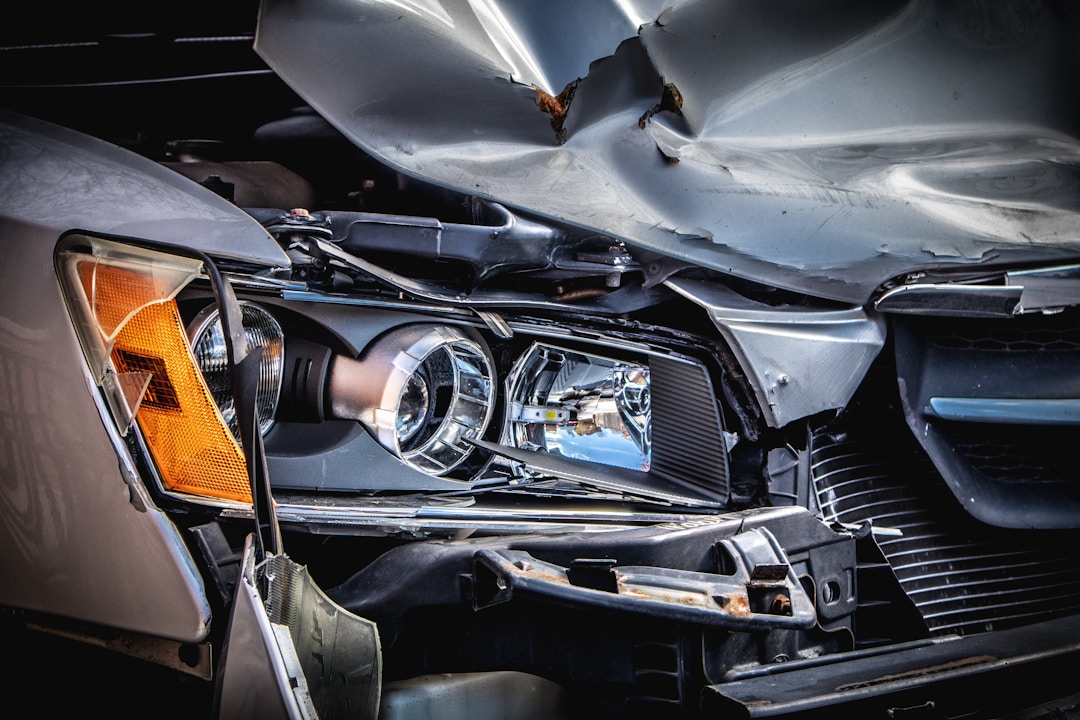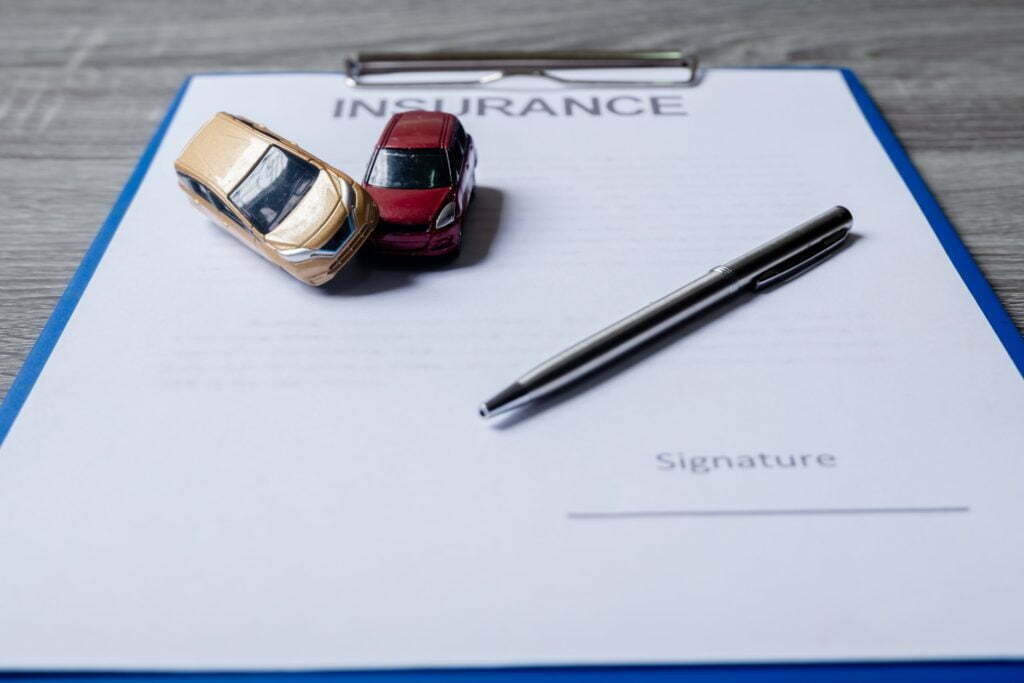Purchasing a new car is exciting! Unfortunately, shopping for car insurance can prove to be a dull experience in comparison. Auto insurers are abundant, and the industry’s market is saturated with options. Aside from choosing an insurance provider, you’ll need to examine policies and coverage options. Every person’s situation is different, so there is no one-size-fits-all approach when it comes to coverage. Your residential area, driving record, and demographics will all come into play when your auto insurance quote is being processed.
Why do you need car insurance?

In most places, neglecting to insure your vehicle is illegal. This rule means that even though you’ve purchased a car, you are not eligible to drive it until it has been awarded adequate coverage. These regulations vary depending on your specific location. Before searching for an insurance policy, make sure to familiarize yourself with your area’s regulatory requirements. Mandated coverage is the bare minimum. This type of insurance is likely the most inexpensive option in regards to premiums. In Australia, the minimum required coverage is called compulsory third-party (CTP).
Compulsory third-party insurance covers the passengers and driver of the other vehicle involved in your collision. Unfortunately, CTP coverage does not include you or the passengers in your car. If property was damaged in the subject incident, it would also be left unprotected, meaning you will be held responsible for the repairs. The premiums associated with the legally required amount of CTP insurance are very low due to the small scope of coverage. Insurance companies price coverage based on risk assessment. By opting for the minimum amount of coverage, the insurance company is exposing itself to minimal risk. A more comprehensive insurance plan can help provide you with peace of mind and protect your finances.
What types of car insurance are there?

Aside from CTP insurance, a driver in Australia can also retain third-party property coverage. This type of auto insurance policy provides coverage for damages sustained to other vehicles and property. Some insurance providers will cover certain damages if the other vehicle is uninsured. Still, this type of plan typically does not take responsibility for your own car. This is especially true in accidents that you are found at fault for.
Additional coverage options exist for non-collision-related incidents. For example, third-party fire and theft coverage is available for add-on. As the name suggests, this type of coverage protects your vehicle should it be harmed by fire or burglary. The safest type of car insurance on the market is comprehensive coverage. Comprehensive coverage is true to its name, protecting vehicles, people, and property across a wide range of events.
How can I choose the best coverage for my vehicle?

In general, comprehensive coverage is the best option since it provides the most protection. However, this type of coverage comes with a heftier price tag than its less-protective counterparts. Depending on your personal situation, you may not even need comprehensive car insurance. Suppose you live in an area that is prone to natural disasters like wildfires or floods. In that case, comprehensive coverage may be highly beneficial. In contrast, someone who lives in a mild climate or remote area may choose to opt out of fire and vandalism coverage.
Once you’ve considered all the above, it’s time for a car insurance comparison. Shopping around can be a lengthy process, so you probably want to avoid obtaining a car insurance quote from each and every option you’re considering. Thankfully, websites like iSelect exist that eliminate the need for extensive research. iSelect’s site hosts a car insurance comparison tool that will highlight the strengths and weaknesses of each provider for you.









